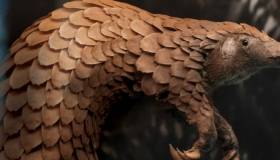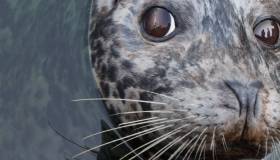
July 26, 2022 – For more than 70 years, Morris Animal Foundation has been a global leader in funding studies to advance animal health. With the help of generous donors like you, we are improving the health and well-being of dogs, cats, horses and wildlife around the world.
PARASITE RISK FACTORS
Fecal and blood analysis of dogs with confirmed parasitic infections enrolled in the Golden Retriever Lifetime Study is providing insight into parasite risk factors for dogs. Veterinary Specialty Hospital researchers in San Diego, California, found parasite-positive dogs had lower red blood cell counts as well as higher neutrophil and platelet counts in their bloodwork compared to parasite-negative dogs. Dogs in the cohort living in rural areas also had an increased risk of parasitic infections. (PLOS ONE, February 2022)
FOSTER CARE WIN
Kittens seem to be thriving well in shelter fostering programs. Cornell University researchers studied growth rate, disease incidence and mortality of kittens in shelters and foster care programs. One positive finding was foster kittens in the study showed higher weight gain than kittens in other settings, including catteries. Daily monitoring systems also helped reduce mortalities and improve welfare of kittens in both shelters and fostering programs. (Journal of Applied Animal Welfare Science, January 2022)
ITCH TO SCRATCH
Equine insect bite hypersensitivity (IBH) is a common allergic condition affecting horses around the world. Swiss researchers at the University of Bern identified important allergens for diagnosis and treatment of IBH. The team is working on improving IBH treatment and has developed a novel strategy to improve allergy shots for horses. (Veterinary Immunology and Immunopathology, January 2022)
LEAD POISONING
Despite dramatic population recovery, bald eagles continue to be sickened and die from lead poisoning. Cornell University researchers showed ingestion of lead reduced the long-term growth rate and resiliency of northeastern bald eagles in the last three decades. Findings will inform policy and public communication about lead exposure in bald eagles and other wildlife. (The Journal of Wildlife Management, January 2022)




